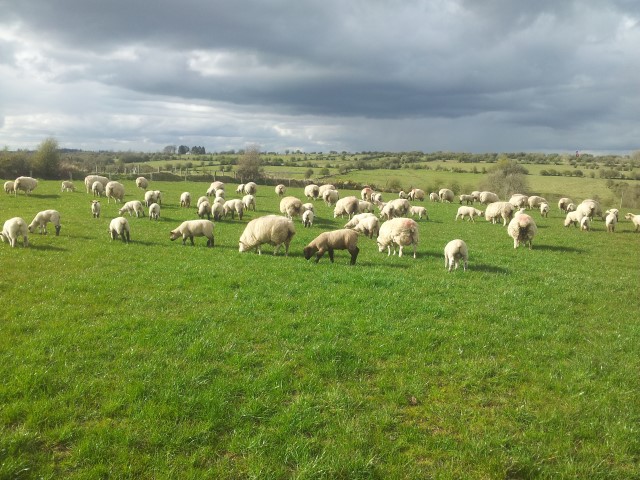Samuel Boon, of Signet Breeding Services in the UK highlighted in EBLEX’s spring bulletin that farmers must ensure to take care of first time ‘lambers‘ (shearling) at this time of the year.
He said: “Last spring saw a high number of mastitis cases being reported, probably due to the lack of grass and cold weather. Some producers avoided the issue by feeding concentrates for longer to make up the grass shortfall, which increased costs.”
EBLEX has been funding research on mastitis in ewes at the University of Warwick for the past five years. The work, led by Professor Laura Green, is producing some very interesting and useful results.
Part of its work has focused on how the presence of teat lesions (bites, tears or grazes) can lead to reduced growth rates in lambs and an increased risk of mastitis.
According to Boon: “One of the clear messages coming out is the need to think carefully about ewes when they are lambing at two years of age. It was found that teat lesions are significantly higher in very young mothers compared to six year-old ewes.”
“Also lambs spend more time suckling first time lambers which increases the risk of damage. It is likely that this is due to lower milk yield as udder development is only really just beginning.”
“Teat lesions and the risk of mastitis are also likely to increase if the shearling has a body condition score (BCS) of less than 3, as her ability to satisfy the lambs’ demand is lower. It is likely that this leads to longer or more vigorous suckling, as the lambs try and stimulate milk production and let-down.”
Boon advised that good nutritional management is crucial, especially for young ewes as they try to deal with the significant physical changes that are happening to them.
He said: “If there is poor grass availability (sward height less than 4cm), or the group has lower than ideal body condition, it is likely that supplementary feed will be needed until grass starts to grow. If possible, keep thin and younger ewes in a separate group so supplementary feed can be offered strategically.”
“When lambing ewe lambs it is a good idea to allow them to rear just one lamb, as this means they have enough energy to keep on growing themselves while they are suckling.“
